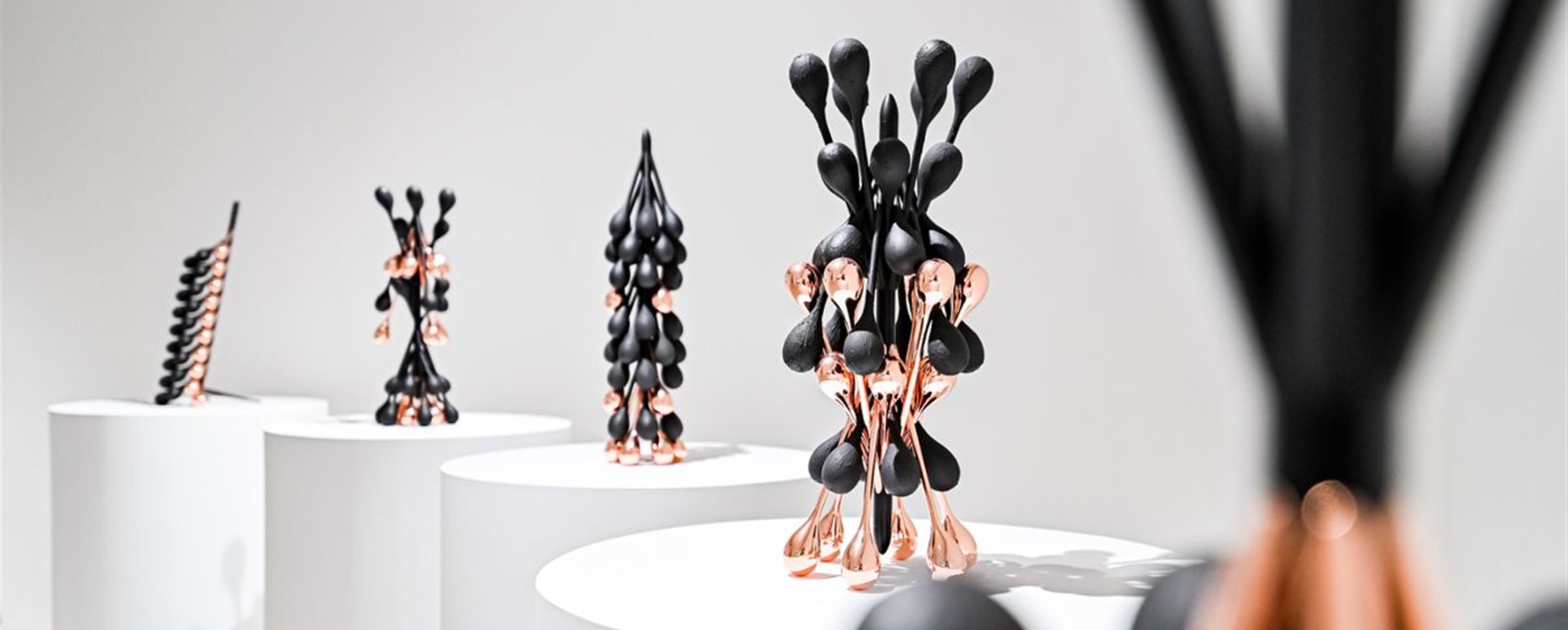
3 Must-See Art Exhibitions Around the Bund
'Waves Running, Waves Flowing: Echoes Amidst the Floating World'
Shanghai Jiushi Art Museum is hosting this exhibition by Alan Chan and Craig Au Yeung Ying Chai, two pioneering cultural figures in Hong Kong.
Au Yeung is known for his boundary-crossing creations. He freely switches between comics, literature, installation and video, transforming components of life such as food, houses and items into artistic expression.
Chan, who is a designer, brand strategist and artist, has a portfolio of over 1,000 brands and has won more than 630 awards. His design philosophy of "Oriental Passion with Western Harmony" has gained international recognition.
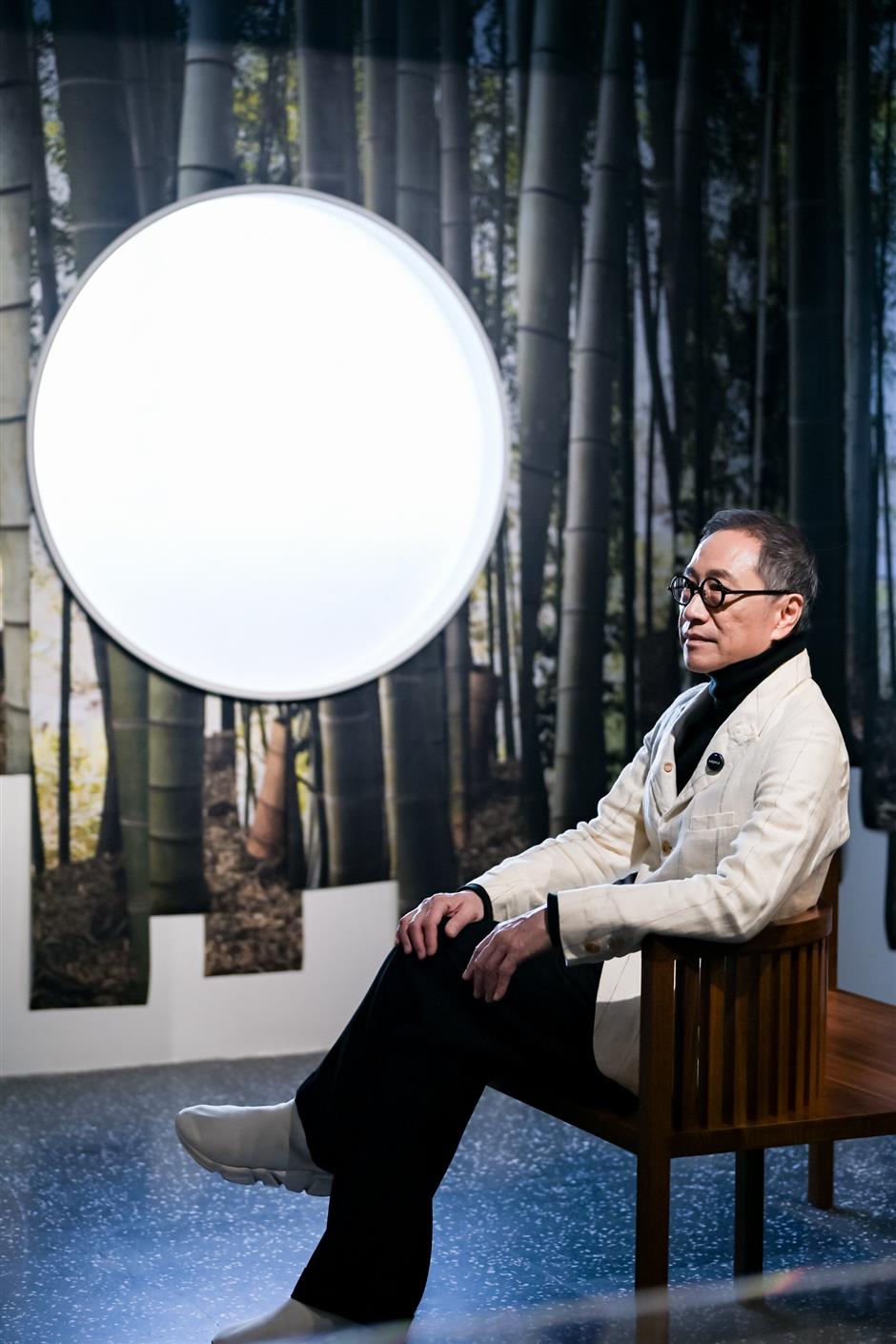
The exhibition displays over 70 groups of works spanning design, painting, installation and everyday objects.
The curator, Fang Xiaolong, uses the cultural metaphor of "waving, running and flowing waves" to connect the Huangpu River and Victoria Harbor to foster artistic dialogue between Shanghai and Hong Kong.
Chan's "Night Shanghai/Night Hong Kong" photography series is displayed next to Au Yeung's neon installation "Good Things Must Come to an End," creating a visual dialogue between "city lights" and "shared memory moments."
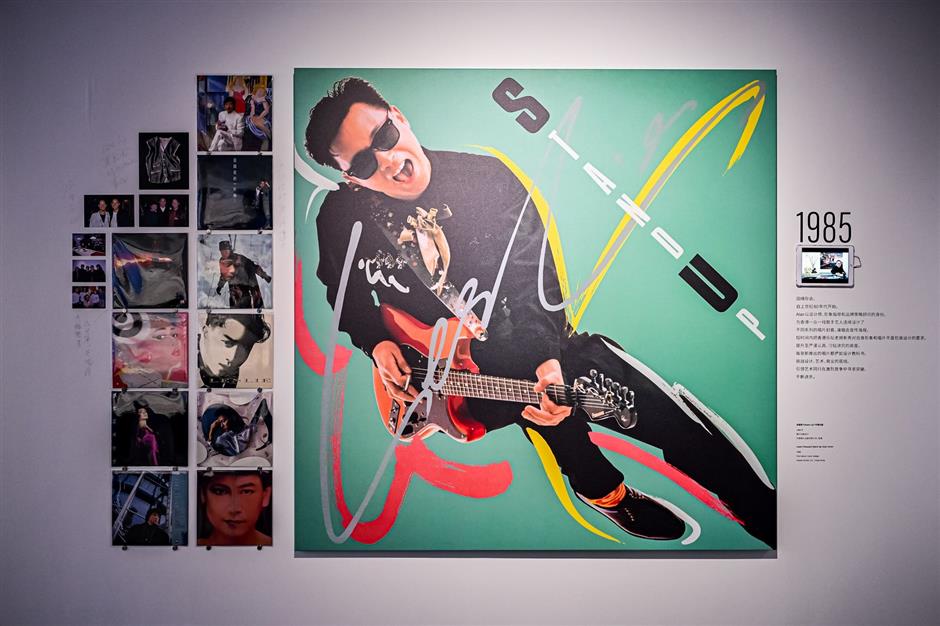
Au Yeung has created several installations specifically for the Shanghai exhibition. His installation, "Home Is Where the Heart Is," features a pile of everyday materials, such as bedding, manuscripts, proofread copies, and published paperbacks and hardcovers, to evoke the concept of "home." To him, home represents a bed to rest in, a bowl of soup to savor, and a lamp to light the way.
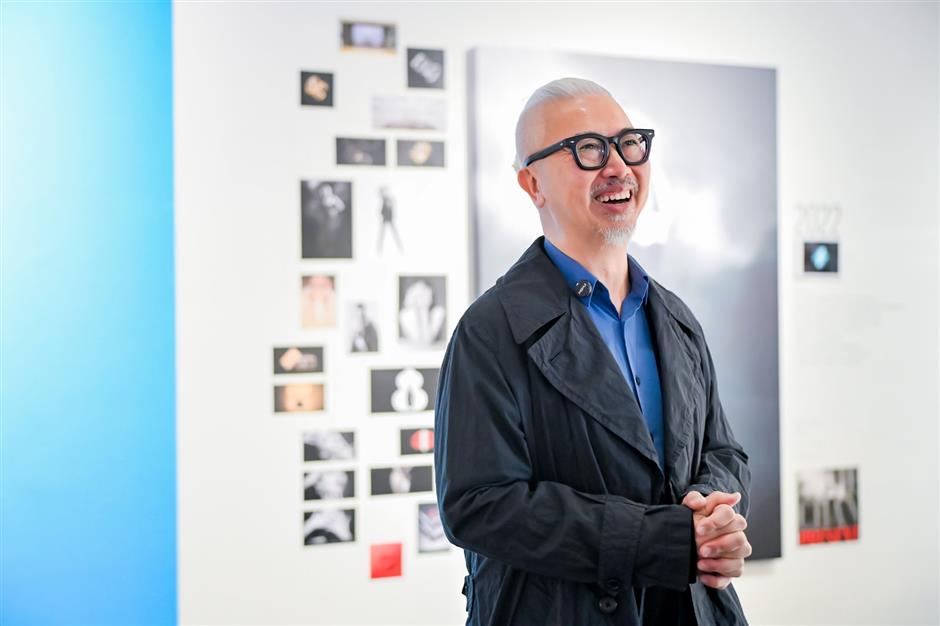
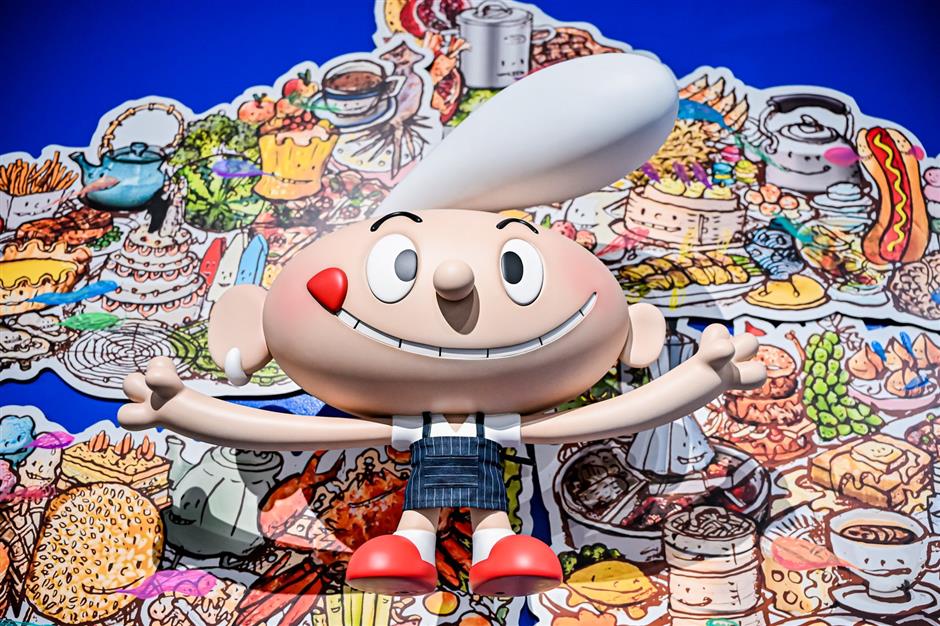
Chan is known for his Chinese logotype for Coca-Cola China, and his work seamlessly blends deep local sentiment with contemporary visual forms. The Hong Kong Design Center recognized him as the "World's Outstanding Chinese Designer" in 2017.
Since 2000, Chan has explored the realm of fine arts. Distinguished events like the Shanghai Biennale and the Hong Kong Contemporary Art Award have featured his artworks. He has embraced the iPhone as a creative tool since its introduction, using it to capture fleeting moments of life within urban landscapes.
This process enables both technology and the user to engage in a relaxed, human-centered interaction, and he derives immense joy from transforming these moments into art, exemplified by his "iEye: Ai series: 4:50pm-5:03pm," on display at the exhibition.
If you go:
Date: Through February 1, 10am-6pm
Admission: 48 yuan (US$6.76)
Venue: Shanghai Jiushi Art Museum
Address: 6/F, 27 Zhognshan Rd E1
中山东一路27号6楼
Julio Anaya's reinterpretation of iconic works
As the closing event of the 2025 Spanish Art Season, "Una mirada perpleja: Julio Anaya," under way at the Bund 18 Jiushi Art Gallery, brings together over 60 representative works created by Julio Anaya.
The exhibition tries to reflect how the artist uses a unique visual language to engage in profound reflection and creative reconstruction of classic images from the history of art.
It focuses on Anaya's reinterpretation of those iconic works from the art historical canon. Under his brush, the works of masters such as Rembrandt, Modigliani, Monet, Vermeer, Joan Miró, van Gogh, Gauguin, Picasso and Warhol underwent a process of "appropriation and imitation."
Through this bold reconstruction of artistic symbols, Anaya guides viewers to recalibrate their visual focus – a continuous inquiry into the viewing act. By displacing and reconfiguring familiar images, he imbues classical references with renewed significance.
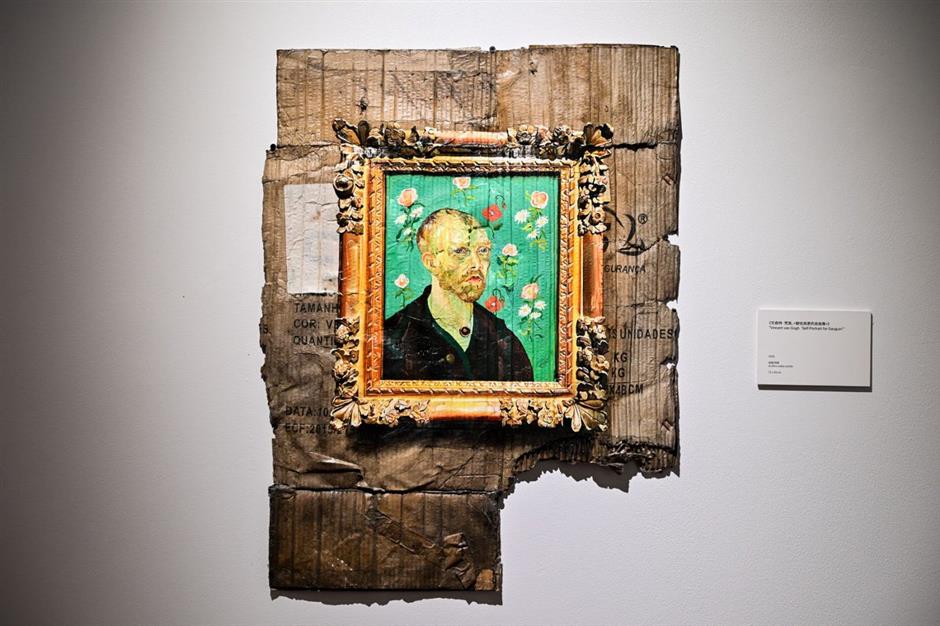
Born in 1987 in Málaga, Spain, Anaya has developed a unique style that blends traditional techniques with contemporary concepts. He often applies recycled materials in his work, particularly discarded cardboard. These corrugated cardboard sheets, originally carriers of consumer goods destined for disposal, are transformed into canvases in his studio.
For example, in recreating van Gogh's "Self-Portrait Dedicated to Paul Gauguin," he employs relief frames with floral patterns and plays with light and shadow to form the contrast with the trait of fragility and barrenness of corrugated cardboard, cleverly echoing the complex relationship between van Gogh and the act of painting.
Seemingly, the artist engages in a "dialogue across time and space" with these masters, making his artworks a medium connecting history and the present, the eternal and the ephemeral.

If you go:
Date: Through February 22, 10am-6pm
Admission: Free
Venue: Bund 18 Jiushi Art Gallery
Address: 2/F, 18 Zhongshan Rd E1
中山东一路18号2楼
Korean Artist Kim Byoungho
The solo exhibition of Kim Byoungho features over 30 works spanning more than two decades of the Korean artist's career, including his early 1998 paper-based screen prints and newly created metal installations. The artist tries to reconstruct the imagery of the "garden" through his geometric order and mechanical vibration, as here there are no vibrant flowers, yet a rhythm is born from the dance of metal and light.
Born in 1974, Byoungho is a leading contemporary artist recognized for his language of mechanical aesthetics and geometric discipline. Moving beyond the traditional sculptor's hand-carved approach, he operates more like a "narrator with metal." He has turned stainless steel and aluminum – iconic materials of the industrial age – into his core "sculptural vocabulary."
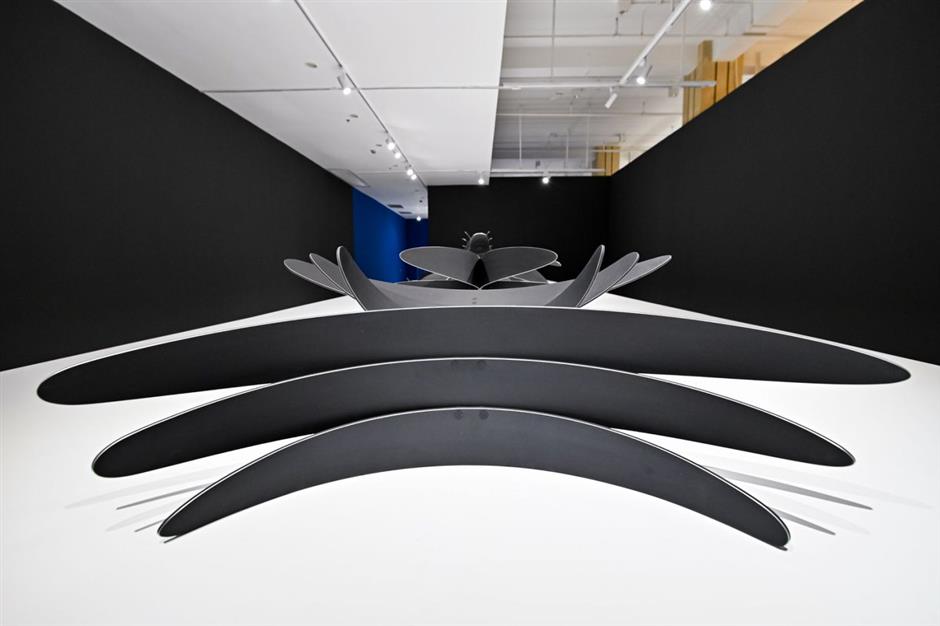
Throughout his career, he has consistently explored two core themes: the relationship between the individual and the collective, and the tension between order and freedom.
For example, "323 Spines" consists of 323 brass spines fixed onto an aluminum base with precision screws. Its detachable structure subtly alludes to the fragility of civilizational order. Each subtle shift between "balance and imbalance" breaks the stagnation of static perfection, embodying the generative order of "dynamic symmetry."

If you go:
Date: Through February 1, 10am-6pm
Venue: Jiushi Art Salon
Address: 1/F, 230 Beijing Rd E.
北京东路230号1楼


